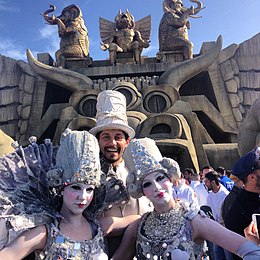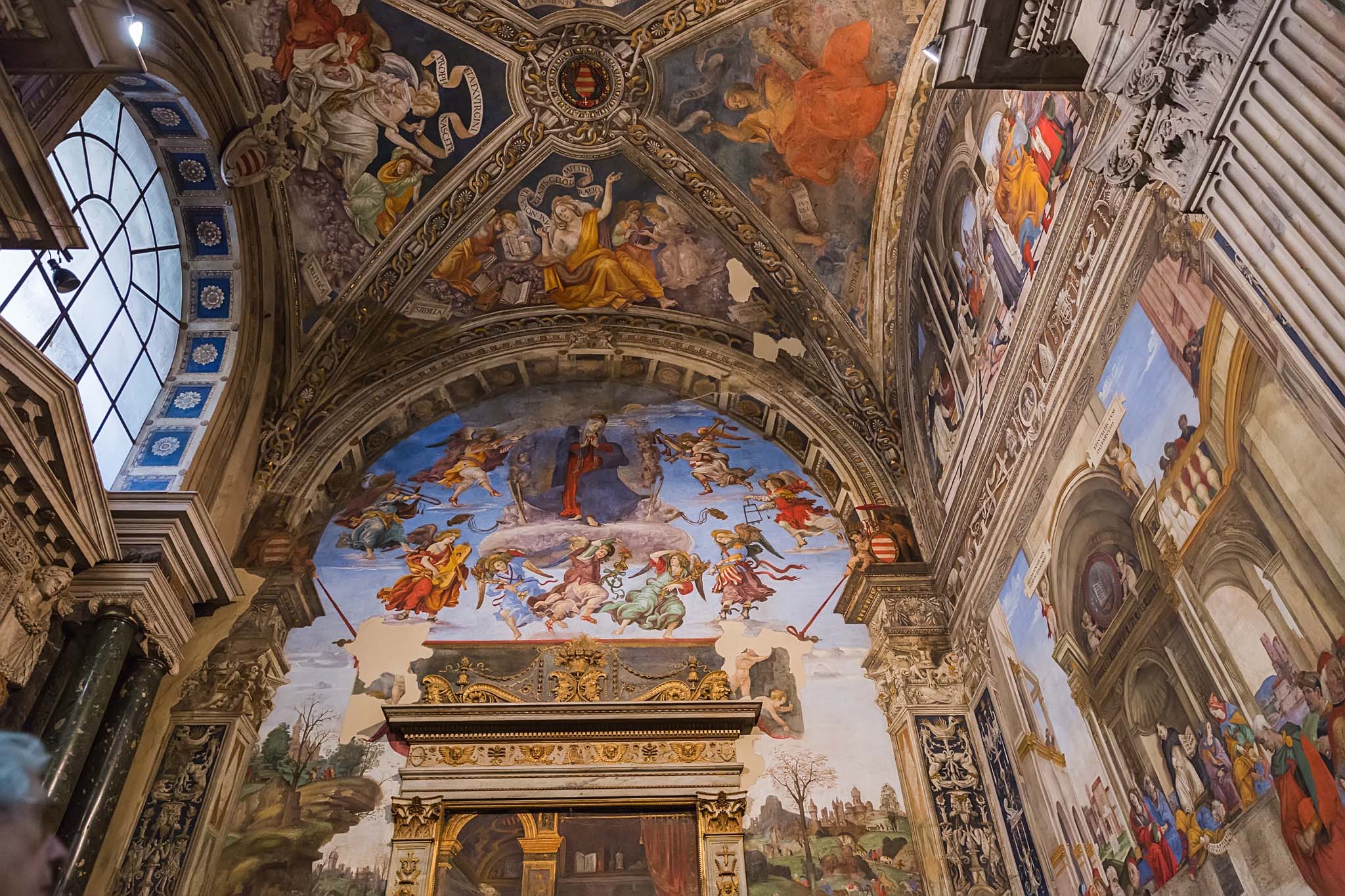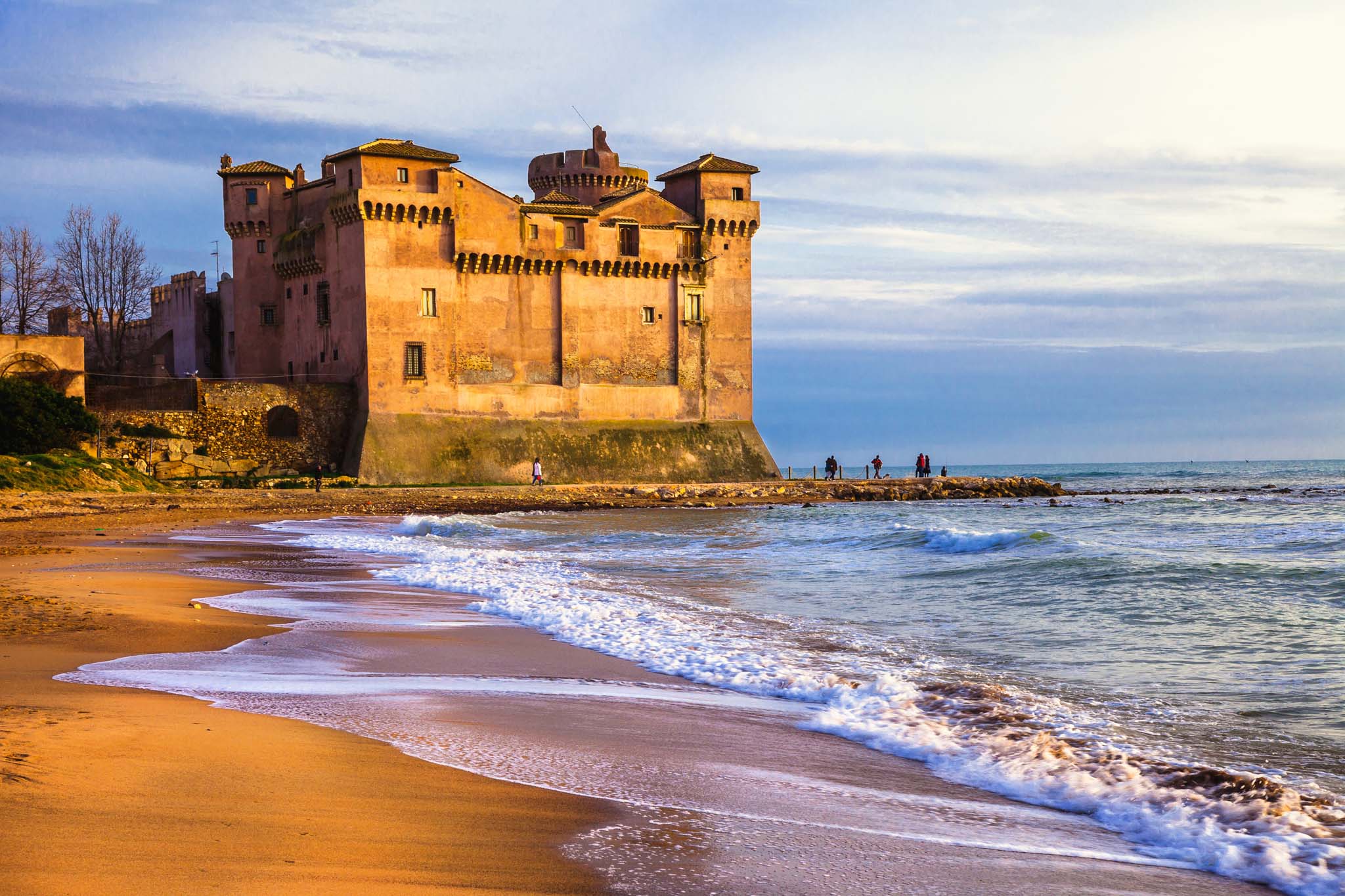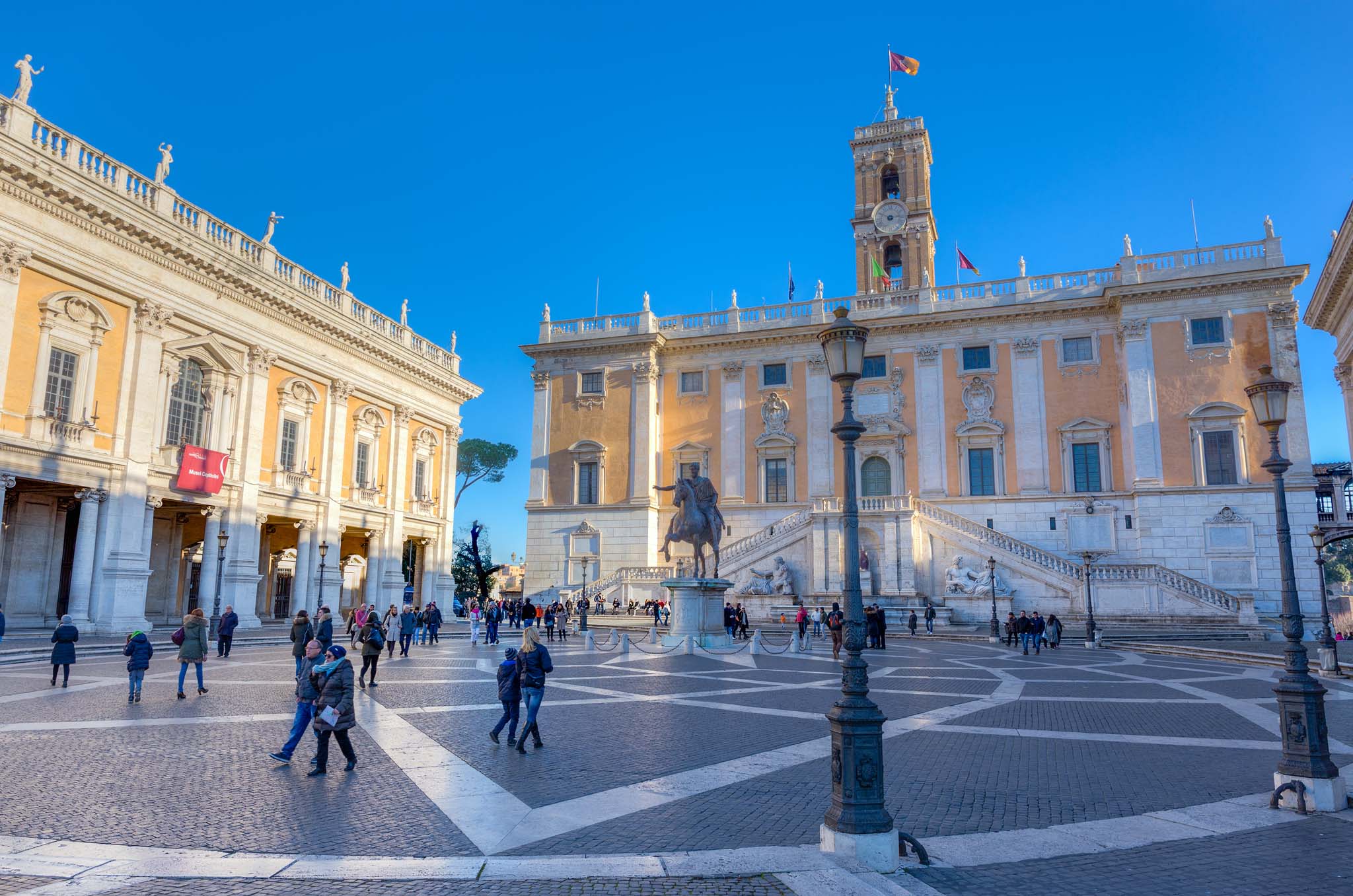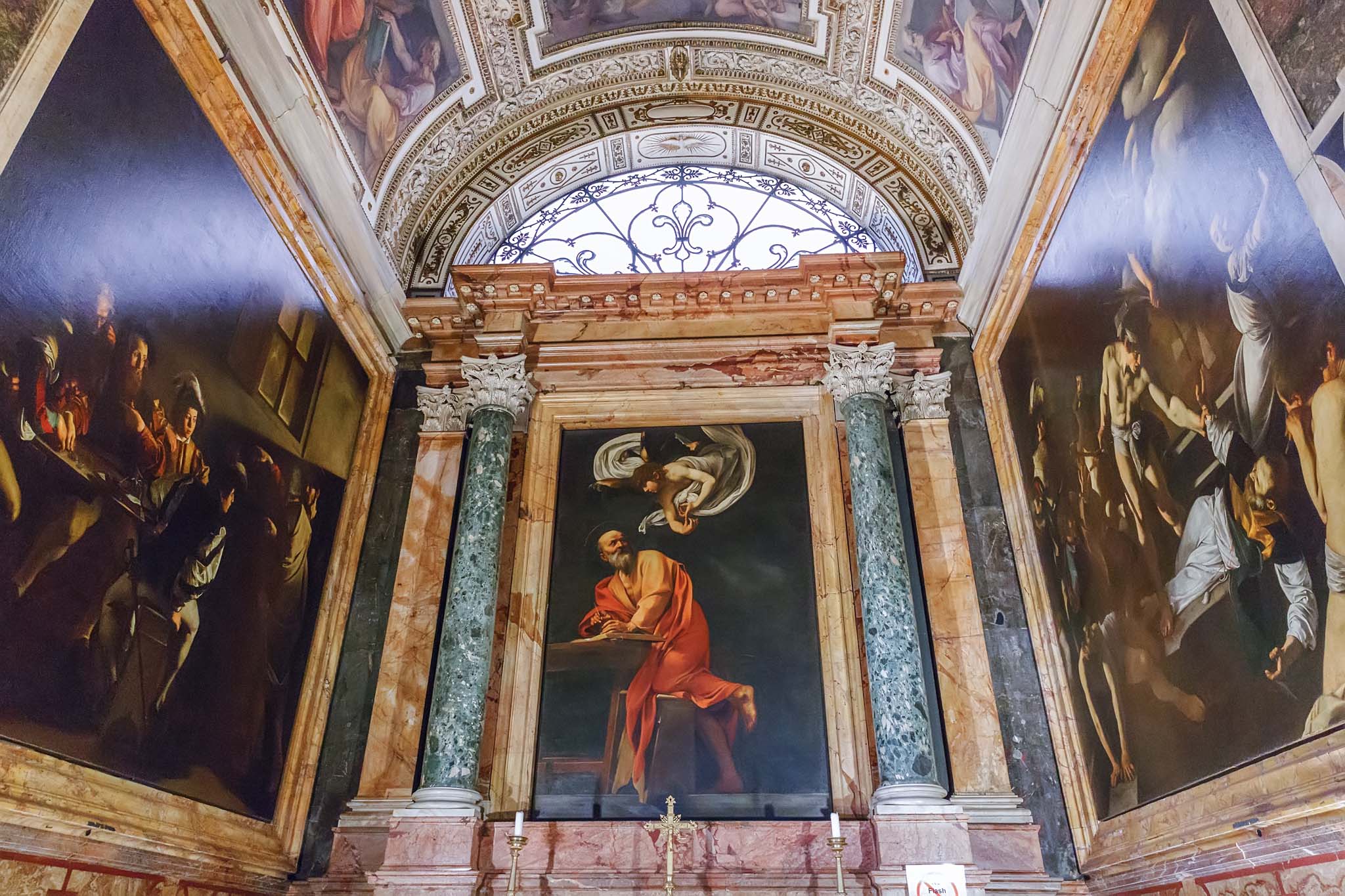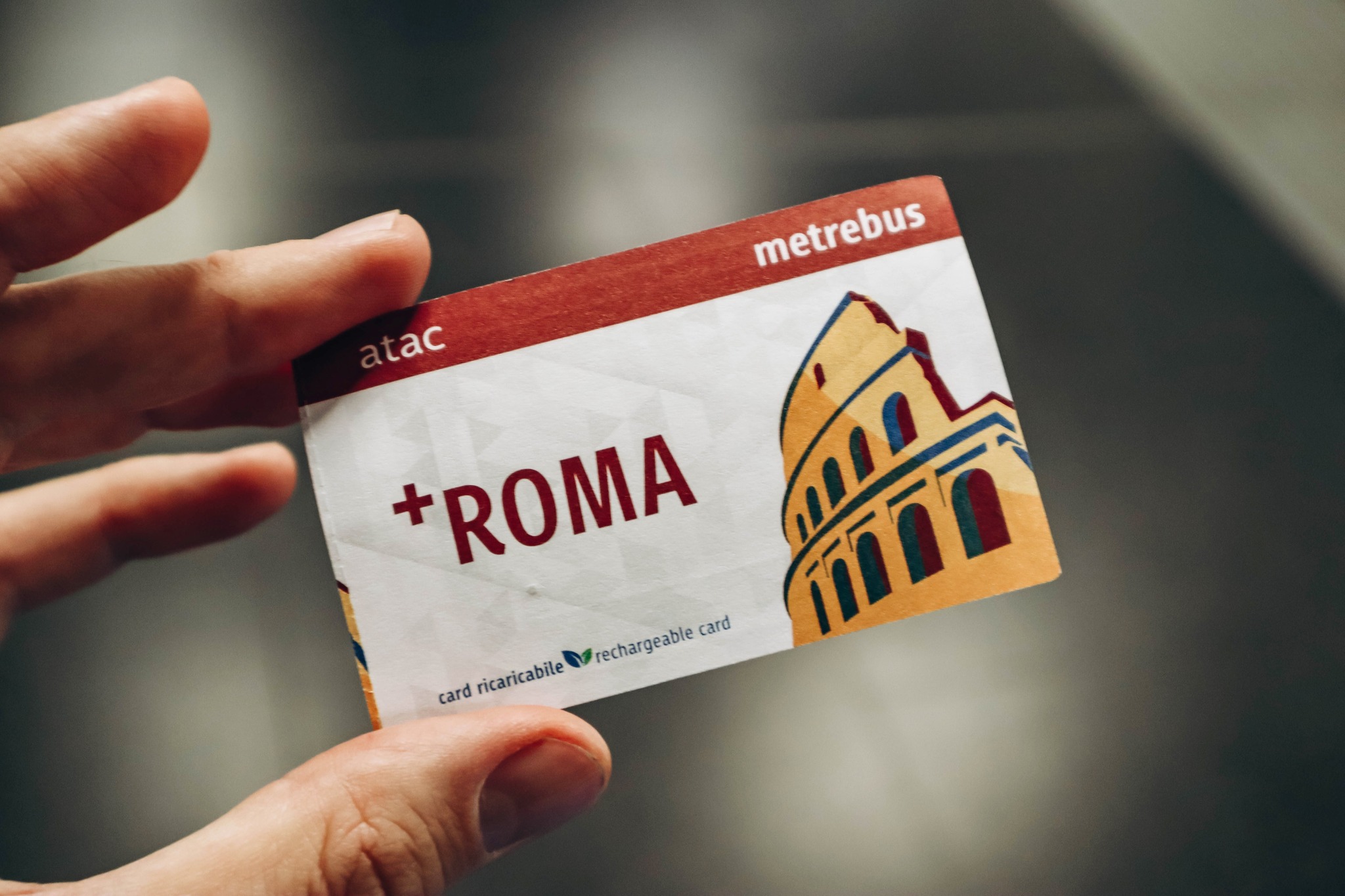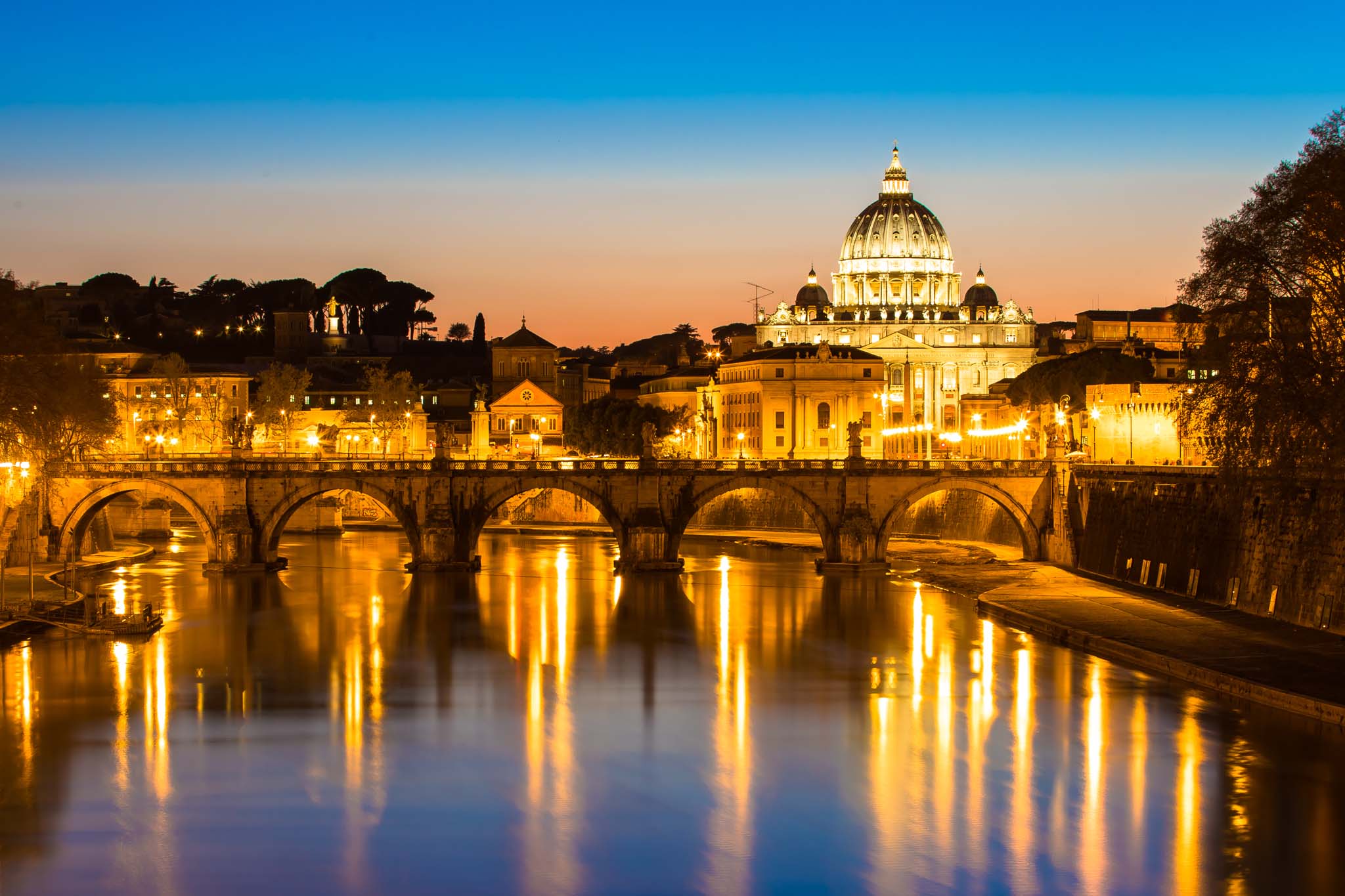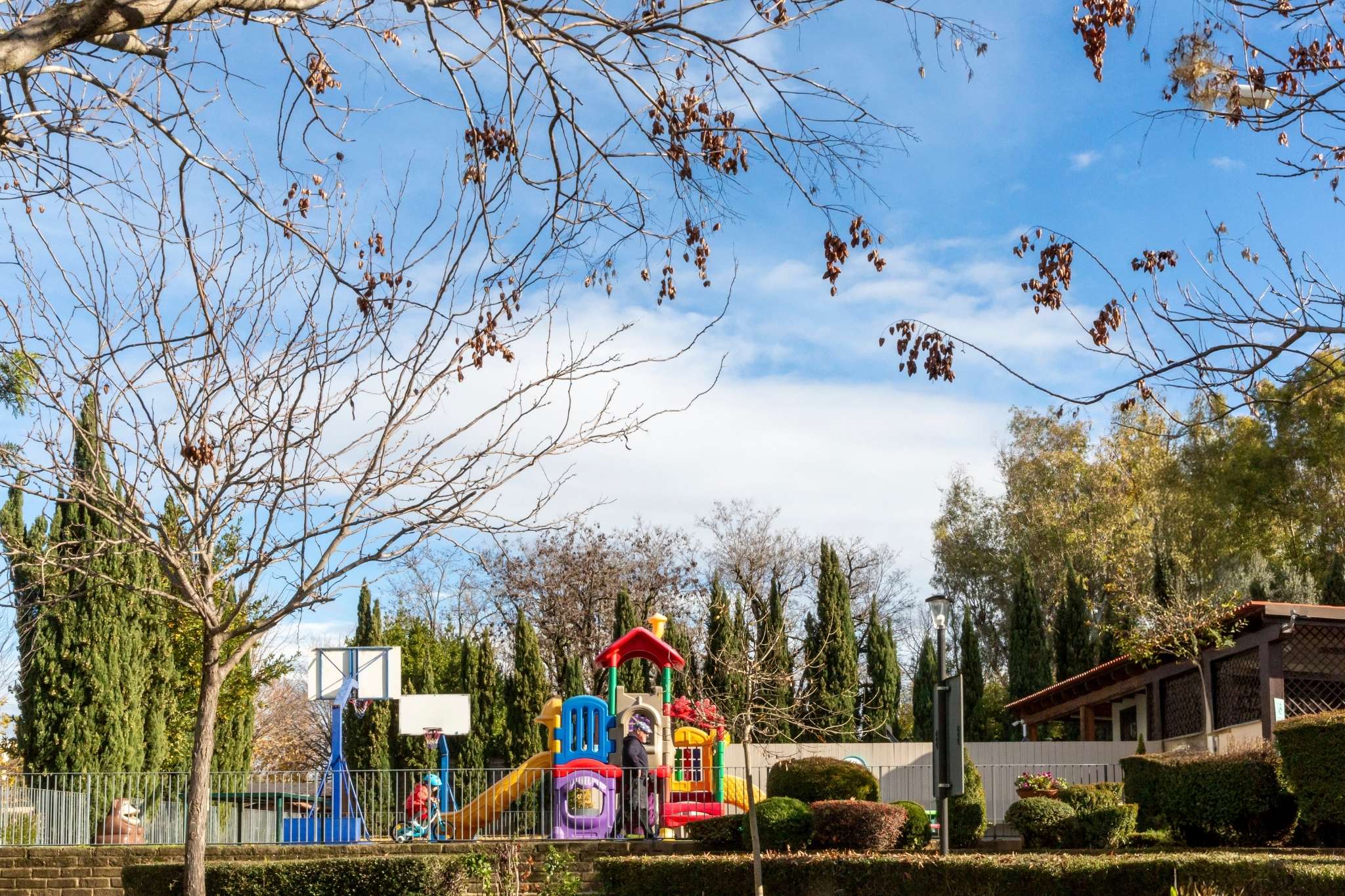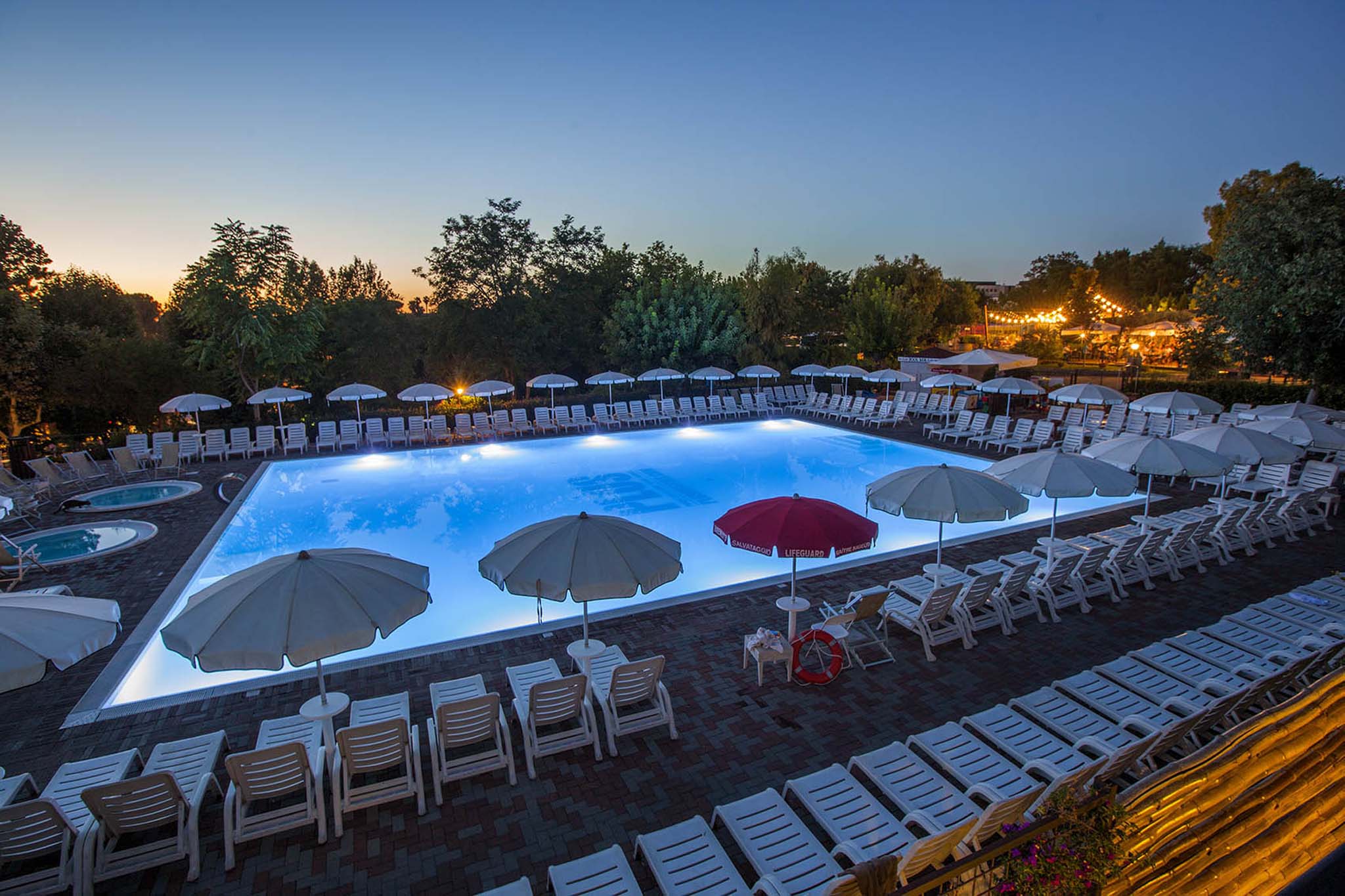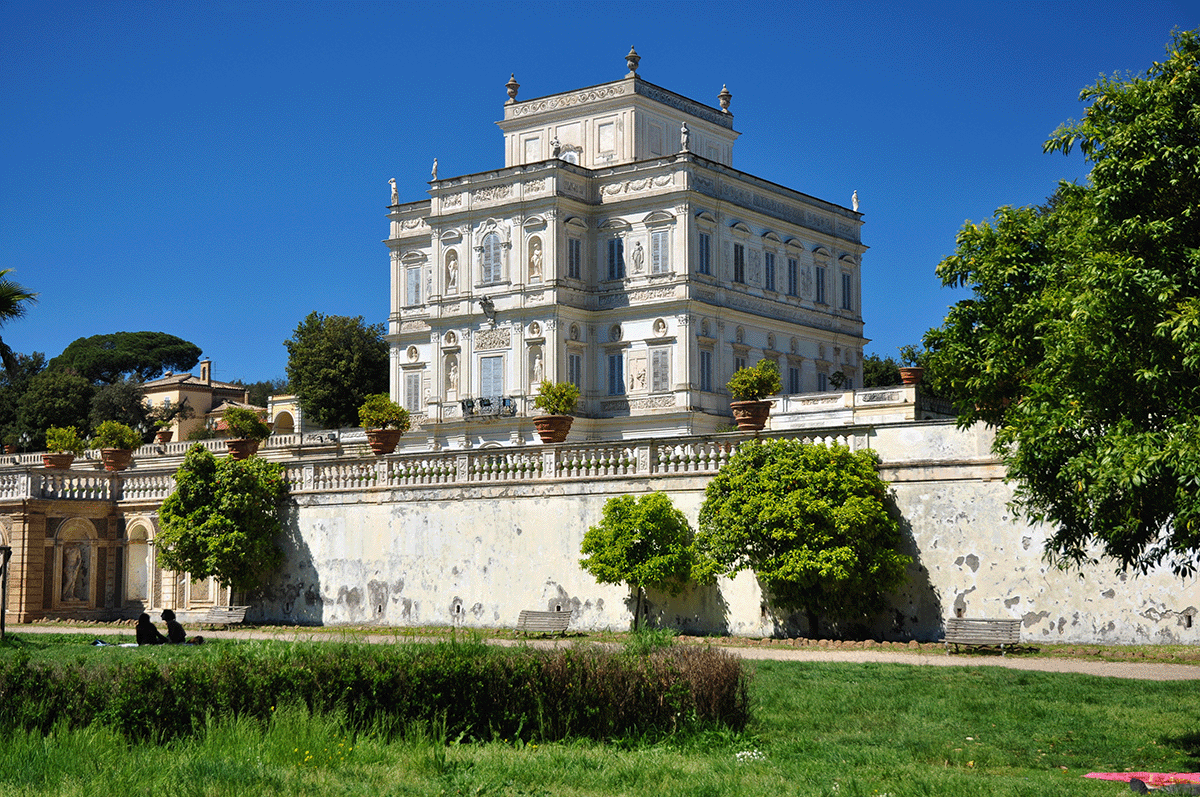
villa pamphili
Discovering Villa Pamphili
Close to the Gianicolense district, the 184 hectares of greenery surrounding the Villa make it the third largest park in Rome after the Appian Way Regional Park and the Pineto Regional Park.
Its long history is linked to two noble families for whom it was first a country home and then an estate. Since 1972 Villa Doria Pamphili – or simply Villa Pamphili, as the Romans call it – has been a public park, open to the public from 7 a.m. until sunset. It is more than just a green lung where you can jog, breathe pure air or enjoy a picnic among the trees with high-rises in the distance, a visit is an opportunity to discover and retrace important parts of the city's history and intriguing events.
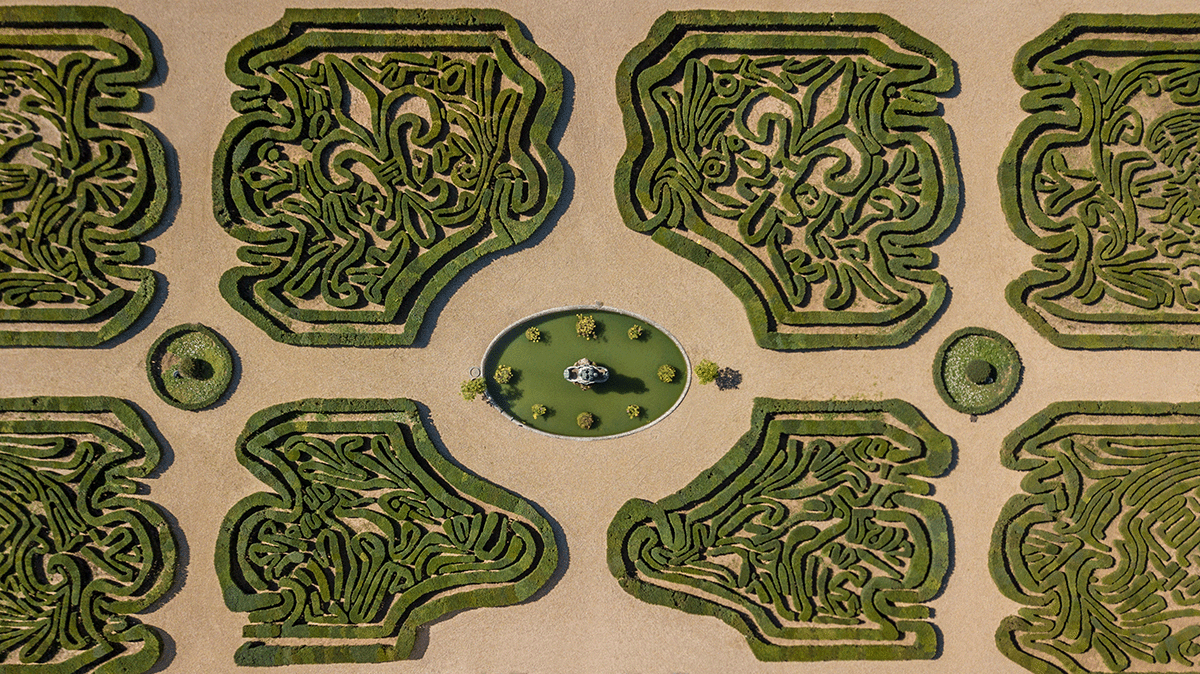
Dettagli Villa Pamphilj
A different mood for each zone
Since the 1960s, the Via Leone XIII - the so-called Via Olimpica built especially for the Olympic Games to link the Foro Italico to the EUR – has divided the large park, which had been created over the centuries through successive acquisitions, into two areas. Linked by a wooden footbridge bridge, each area has its own entrances and points of interest. While the area to the west, stretching towards Via della Nocetta, is a large, almost uninterrupted green valley popular with sports enthusiasts, the area to the east is distinguished by the presence of historic buildings, fountains, lakes and picturesque eateries, making it a popular place to meet up. You can choose to explore just a few places in depth, allowing yourself some time to relax in the shade of the centuries-old trees, or try to visit it all quickly, perhaps by bicycle.
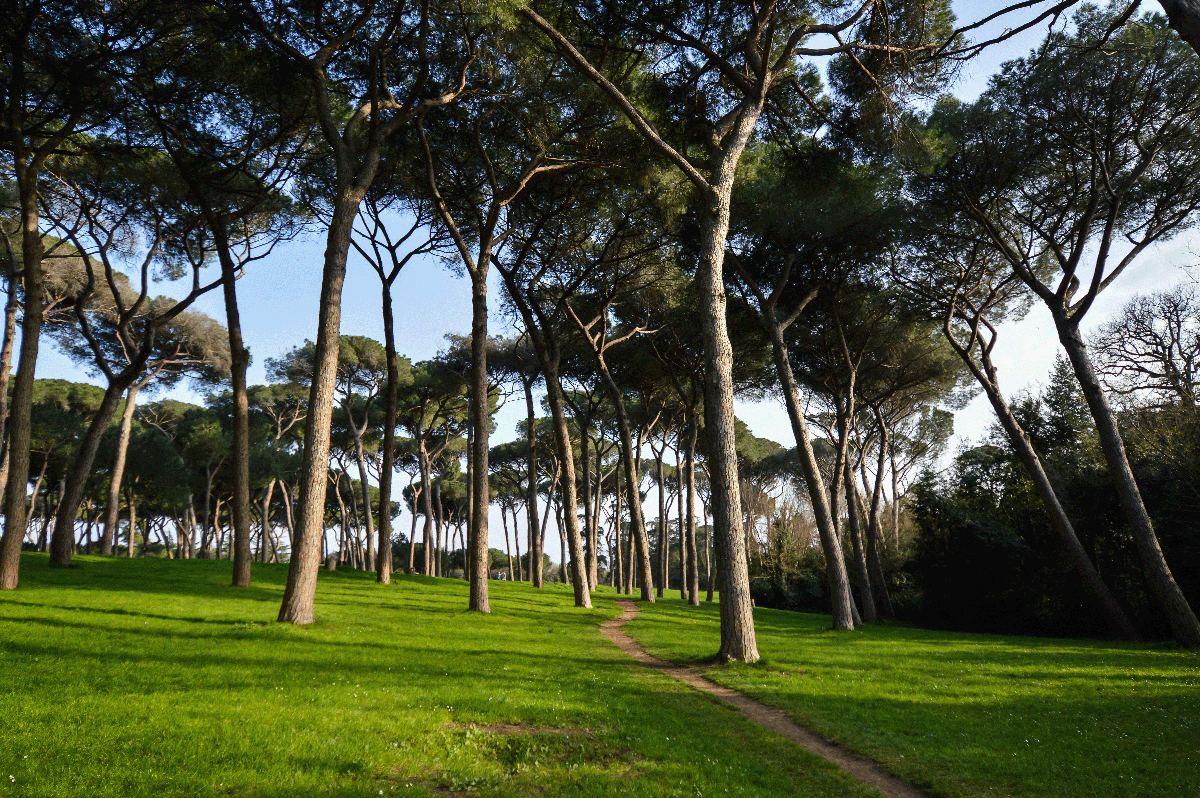
Parco Villa Pamphilj
The area to the west: sport and nature
The area to the left of Via Leone XIII can be accessed from several points along Via della Nocetta, from Via Aurelia Antica and from the Via Olimpica itself (the closest entrances to the Hu Roma Camping in Town) as well as by crossing the footbridge. Not far from the bridge, there is flat area with some very young trees next to some slightly larger ones: this is the Giardino dei Giusti di Roma inaugurated in 2018, and like many other similar places around the world, this space is dedicated to the memory of those who have defended human dignity and opposed prejudice during genocides and totalitarianism. Every year on 6 March, the European Day of Remembrance of the Righteous, five new trees are planted. Wandering through the park, before reaching the Victoria pond, you will come across the Casale di Giovio: an ancient Roman funerary building bought by the Doria Pamphili family in 1847. Today it looks more like a farmhouse and is only visible only from the outside, but it is surrounded by paths and gardens.
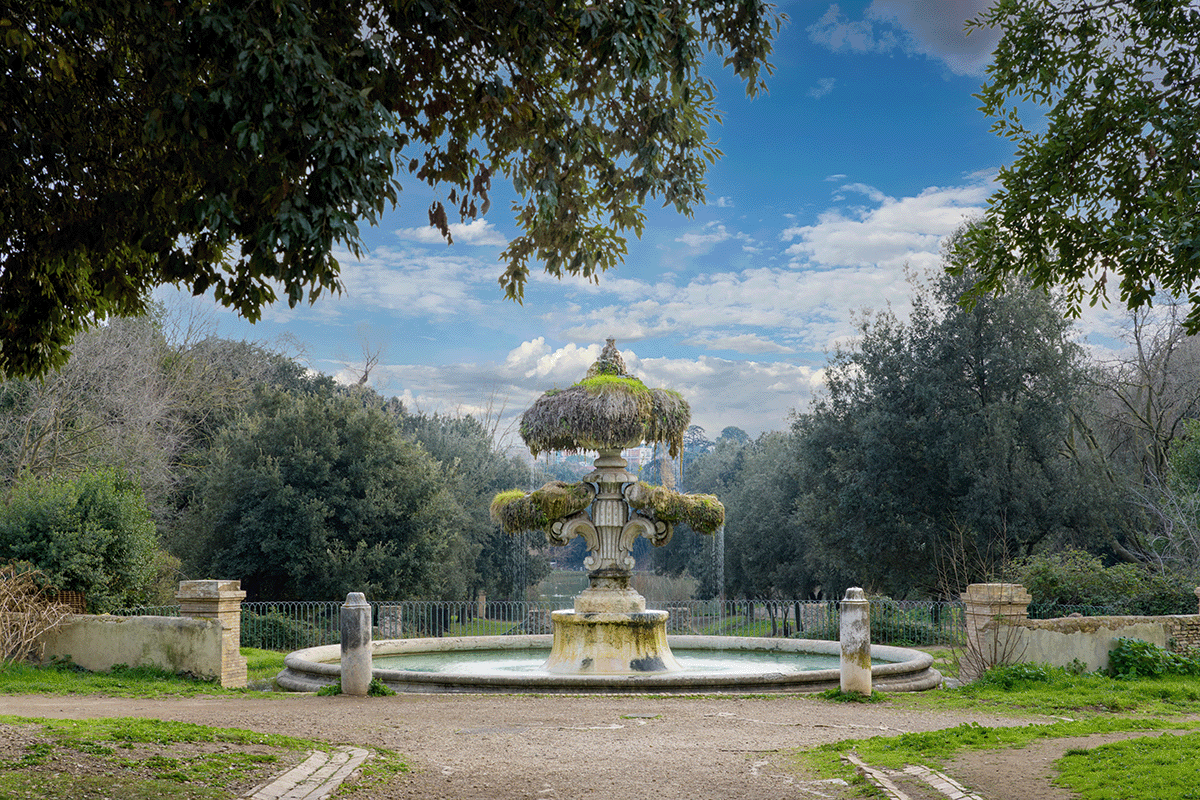
Fontana Villa Pamphilj
The marvels of the “Villa Vecchia”
The eastern area can be accessed from Via Vitellia, Largo San Pancrazio or Largo 3 Giugno 1849, which - at the far end of the park - overlooks Trastevere and the beautiful Botanical Garden. It is named after the battle between the French and Garibaldian troops for Villa Corsini, which was later annexed to the Doria Pamphili estate. It tends to be more crowded than the western area, especially at weekends, but you can enjoy the happy spectacle of people exercising on outdoor machines, open-air yoga classes, festive picnics and cricket matches, a must for Rome’s Indian community. But for the curious, many of the buildings in this area each have their own history.
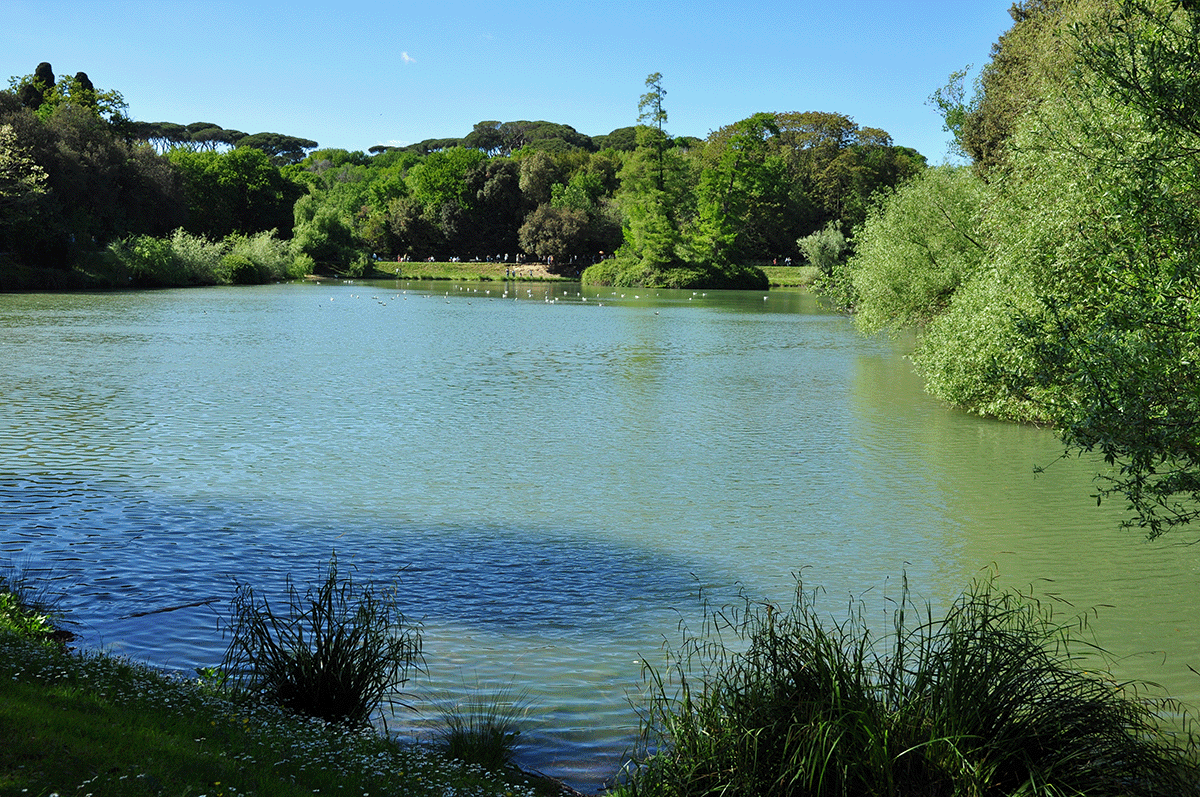
Laghetto Villa Pamphilj
The Pamphili: the Casino del Bel Respiro, the amphitheatre and the chapel
Commissioned by Pope Innocent X (Giovanni Battista Pamphili), who entrusted its design to Alessandro Algardi in the mid-17th century, the Casino del Bel Respiro is now the representative seat of the Italian Government. It is not open to the public except on one Saturday a month, and only its elegant ornate exterior facades and beautiful labyrinthine gardens can be visited (the building hosts state visits and official meetings such as the 2009 Stati Generali, when Libyan leader Muammar Gaddafi occupied it with a huge Bedouin-style tent to house him and his bodyguards). However, the old mansion still offers enchanting vistas: descend the stairs on the side of the building to see the Fountain of Venus, placed centrally between the two ramps that lead to the 'secret garden' above. In the large central niche there is a statue of a goddess, of which only the lower part of the body remains. Walk through the area in front of it, which turns pink with magnolia blossoms in the spring, to reach the Giardino del Teatro with its central exedra, which was used for open-air theatre and musical performances. To the left is the Doria Pamphili Chapel: built between 1896 and 1902 to a design by Edoardo Collamarini and still owned by the family, it is a neo-medieval funerary building decorated with elegant mosaics.
Lakes and fountains, gardens and bistros
Entering from Via Vitellia, on the right you’ll see a pretty chalet that houses the ViVi Bistrot: if you have the patience to wait in line for space at the bar or a table, it is a delightful place for a coffee, an aperitif or a simple lunch (there are public toilets in the lower building on the left). The internal path behind the kiosk will take you to the Lago del Belvedere, a natural lake populated by swans, ducks and turtles. Following its banks and then the canal along Viale VIII Marzo, you will arrive at the picturesque Fontana della Cascata with its water features. At the top, the Fontana del Giglio with the Pamphili coat of arms, is the ideal place to rest while enjoying the view of the marble benches that surround it. Continuing along Viale VIII Marzo, you reach the Fontana del Mascherone – a good place to fill your water bottle - and the Fiume Tevere fountain, with its semi-recumbent statue of the river deity. On the left, the Casale dei Cedrati is an antique stable built against the Trajan-Paul Aqueduct, in the 18th century it was converted into a staff residence for the beautiful Cedrati Garden, a citrus grove dedicated to the goddess Venus: Today the building (nearest park entrance is on Via Aurelia Antica) is home to a modern space that houses a charming bistro ideal for breakfast and lunch and a space for courses, exhibitions and cultural activities.


.jpg)
